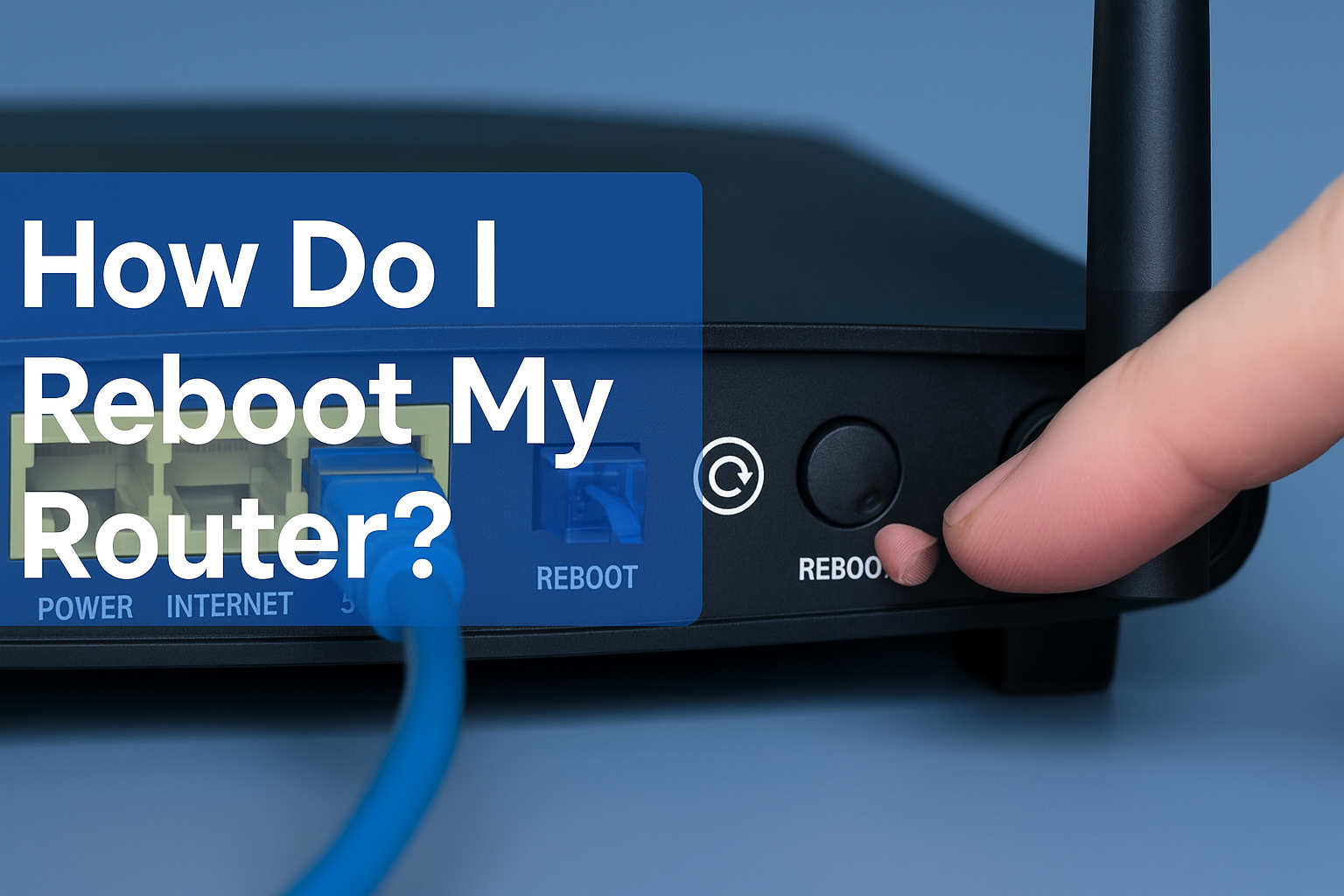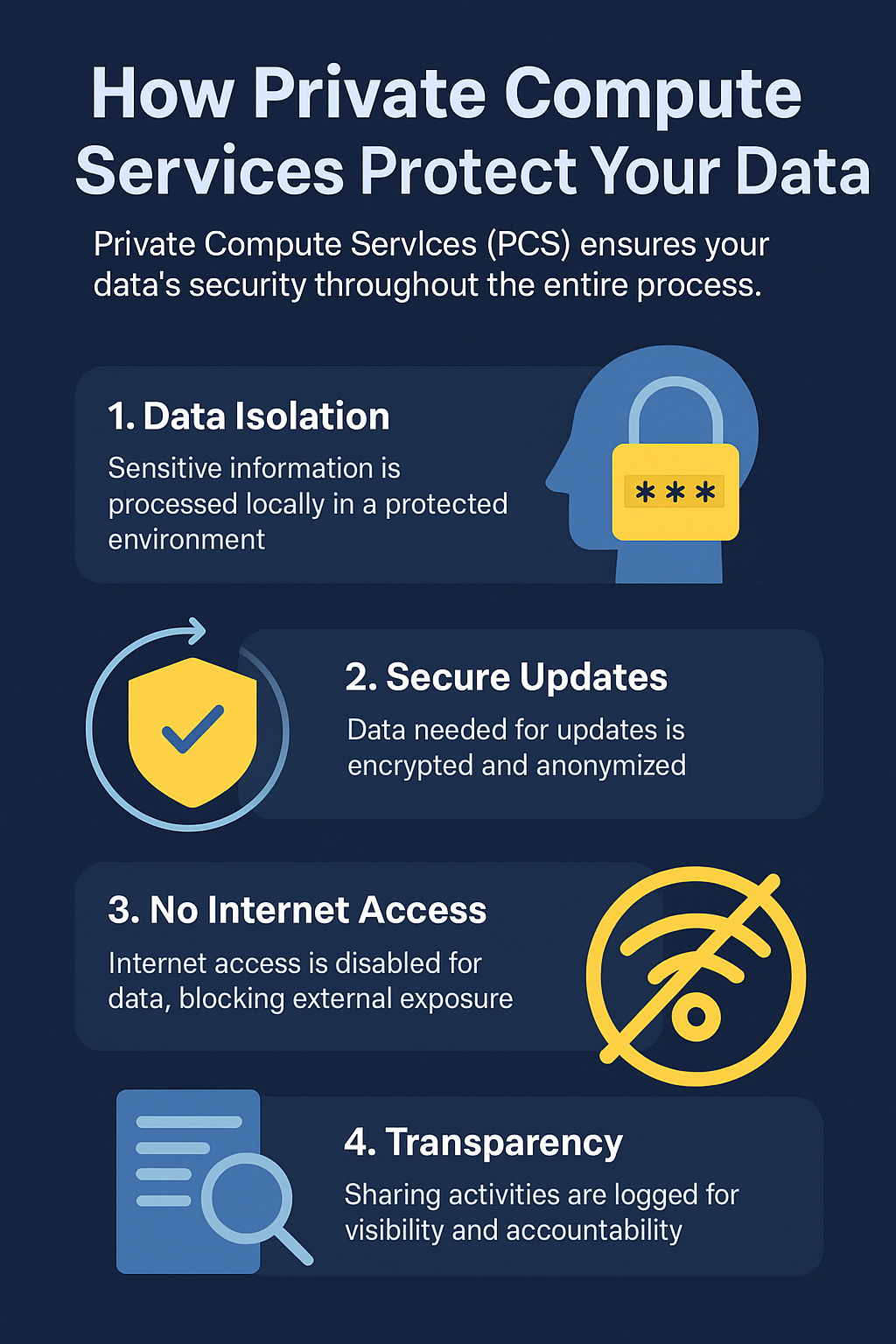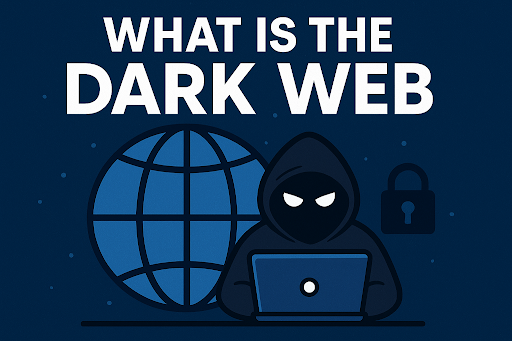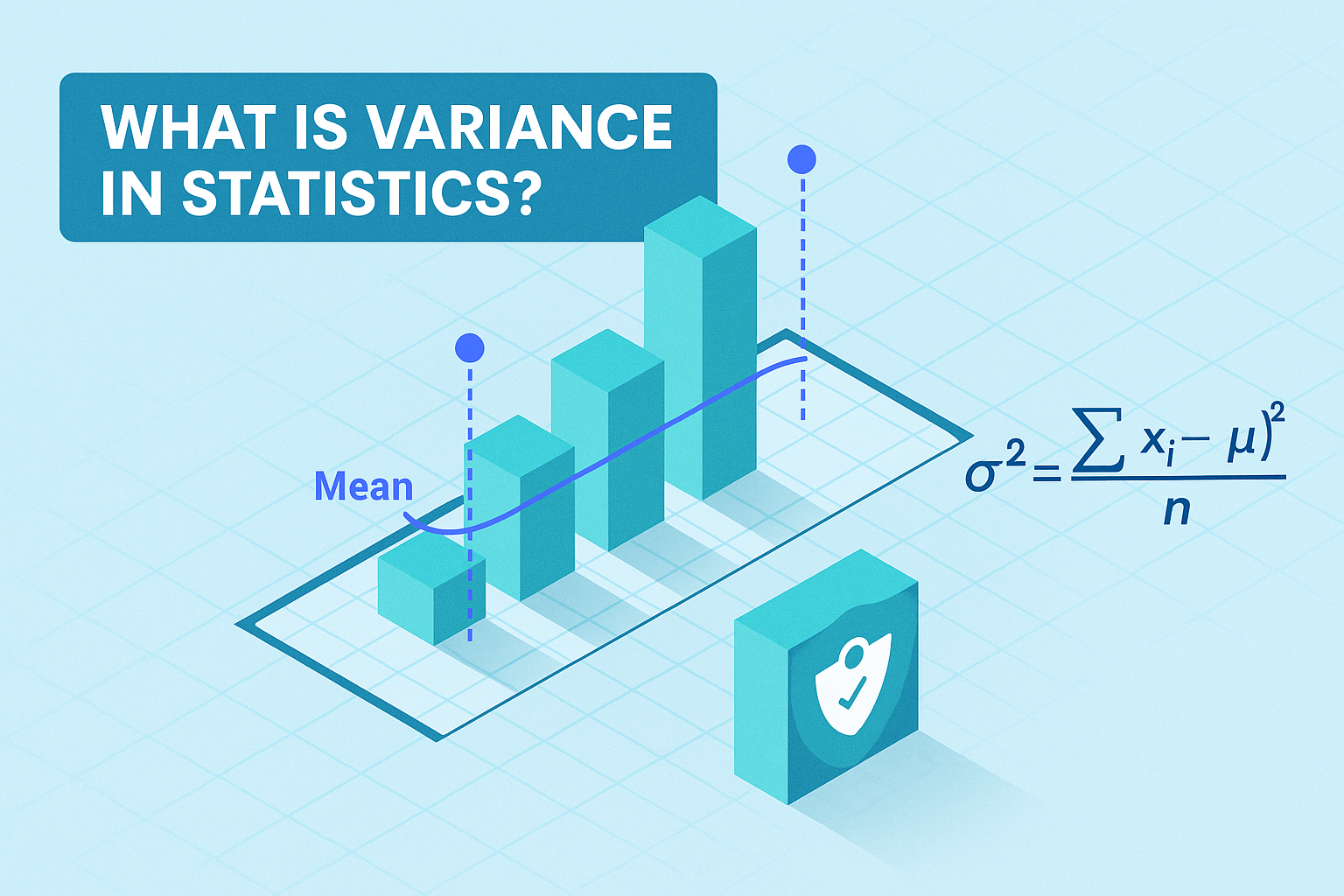Are Existing Endpoint Security Controls Capable Of Preventing A Significant Attack?
Updated on October 11, 2022, by Xcitium

According to Minerva Labs, a leading anti-evasion technology provider to enterprise endpoints stated on April 25th, 2018 that, “endpoint security solutions are failing to provide adequate protections to address today’s security threats, specifically malware”. Adding a lot of news to the finding, a big range of the surveyed respondents indicated an increasing concern of predominant malware breach within the next year.
They also pointed out that the need of the hour is for a robust endpoint protection software that can address the rising threats rather than usual AV solution which best-fits stand-alone devices.
Last year witnessed an increased number of NSA state-grade exploit leaks, ransomware occurrences, an unbelievable number of cybersecurity meltdowns. Even after numerous iterations in endpoint security technologies, organizations could not evade the malware attacks.
The slight upward trend in attacks showcases that the hackers are constantly involved in finding out new ways to infiltrate through the Endpoint Security Controls. Nearly 48% of the respondents stated that the malware infections are same as the previous year while 32% claimed to have seen a steady increase.
The findings throw lightweight on the endpoint protection software system that was sure-fire enough to forestall all the most recent malware attacks.
Nearly three-quarters of respondents deemed their endpoint security software to have safeguarded less than 70% of infections. Besides that, evasion techniques have always been a challenging area for endpoint security experts, these findings prove that present endpoint protection is not capable enough recognize sophisticated malware attacks.
Based on the survey findings, the malware analysis and forensic tools 32% and memory injection attack 24% accounted for the biggest concern due to avoidance. Nearly 24% raised concerns over the use of malicious documents.
Another two-thirds of respondents – 67% were worried that the existing endpoint security controls are incapable of protecting malware attack on the endpoints. Over half of the survey respondents, 53% of them wanted to have an effective endpoint security Controls in place instead of completely replacing their existing AV.
IT leaders about 39% said that operational aspects should be essentially taken into consideration while incorporating layer on the endpoint security controls besides security benefits. They wanted the new layers to function smoothly on low-resource systems.
Another 28% said that they want easy deployment and upgrades across multiple endpoints while 18% wanted absolutely zero interference with business applications in the system.
Day after day, it is noticed that the ransomware and other malware threats are steadily increasing but the turn-around time to free from the clutches is crucial today. About 41% of respondents said endpoint protection restored to a normal state within hours but more than 40% said it is either days or weeks to get to a normal state.
Eddy Bobritsky, CEO of Minerva Labs said, “The results from our survey indicate that while malware threats are still growing, endpoints remain highly vulnerable to a cyber-attack,” “We continue to see more complex and sophisticated threats, where traditional blocking and prevention mechanisms, such as antivirus, are no longer enough to keep endpoints safe.
Beyond merely relying on baseline anti-malware solutions to protect endpoints, companies should strengthen their endpoint security architecture to get ahead of adversaries, such as blocking off attempts to get around existing security tools.”
See Also:
















